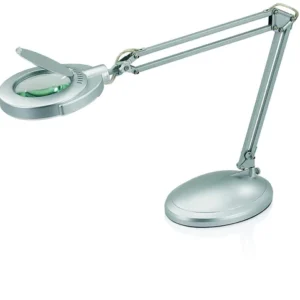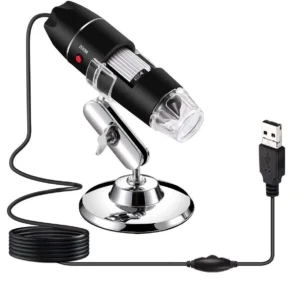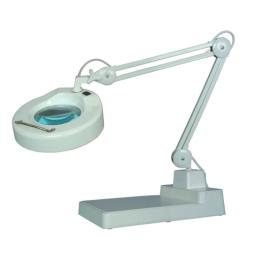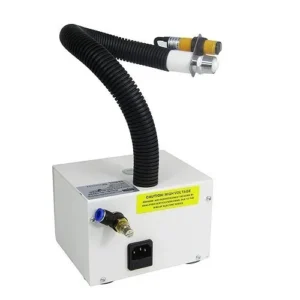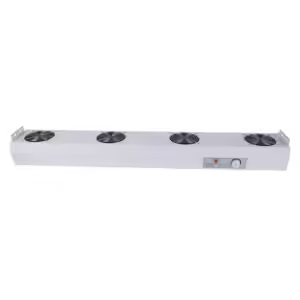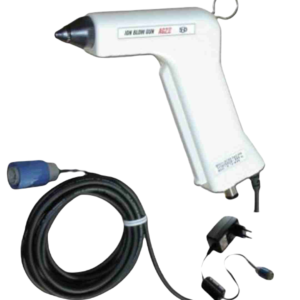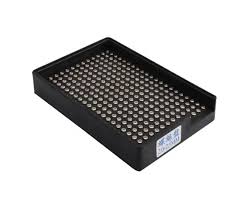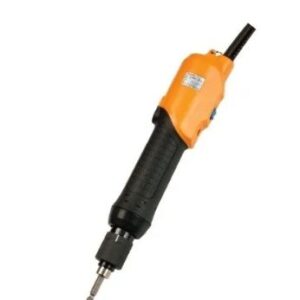Thermal Grease
Supplier in Delhi | Kaasu Enterprises
Thermal Grease
Product Details –
| Parameter | Description |
|---|---|
| Product Name | Thermal Grease |
| Category | SMT Product |
| Type | Silicone-Based / Metal-Oxide Thermal Interface Grease |
| Thermal Conductivity | 1.0 – 12 W/m·K (varies by formulation) |
| Color | White / Grey / Silver |
| Viscosity | Medium to High |
| Operating Temperature | –40°C to +200°C |
| Dielectric Strength | High Electrical Insulation |
| Application Method | Manual / Syringe Dispensing / Stencil Print |
| Adhesion | Good adhesion to metal, ceramic, and plastic surfaces |
| Applications | CPU/GPU, Heat Sinks, Power Components, LED Modules, SMT Devices |
Thermal Grease: A compound used to enhance thermal transfer between components, improving cooling efficiency.
Additional Information:
Thermal Grease – Essential Thermal Interface for Enhanced Heat Transfer
Every electronic device that dissipates heat—be it a CPU, power module, or LED pad—relies heavily on effective thermal management. Thermal Grease fills the microscopic gaps between components and heat sinks, significantly improving heat transfer. At kaasuenterprises, we offer a range of premium thermal greases designed to maintain optimal device performance and longevity.
Product Overview:
| Specification | Details |
|---|---|
| Product Name | Thermal Grease |
| Category | SMT Product |
| Type | Silicone-Based / Metal-Oxide Thermal Interface Grease |
| Thermal Conductivity | 1.0 – 12 W/m·K (model dependent) |
| Color | White / Grey / Silver |
| Viscosity | Medium to High |
| Operating Temperature | –40°C to +200°C |
| Dielectric Strength | High Electrical Insulation |
| Application Method | Manual / Syringe / Stencil Printed |
| Adhesion | Excellent adhesion to metal, ceramic, and plastic surfaces |
| Applications | CPU/GPU, Heat Sinks, Power Modules, LED Modules, SMT Devices |
Why Thermal Grease Matters in Electronics
Gaps and air pockets in thermal contacts act as barriers to heat flow. These microscopic imperfections prevent efficient cooling. Applying thermal grease fills those imperfections, improving surface contact between components and their cooling solutions. This helps:
-
Prevent thermal throttling in processors
-
Extend LED lifespan by maintaining safe operating temps
-
Boost reliability of power transistors and SMT assemblies
Silicone-Based vs Metal-Oxide Grease
Silicone-Based Grease
-
Pros: Non-conductive, easy to apply, good for general OEM and consumer products
-
Cons: Moderate thermal conductivity
Metal-Oxide Grease
-
Pros: Higher thermal conductivity (up to 12 W/m·K), ideal for high-performance applications
-
Cons: Slightly higher cost, may require careful handling
Choose based on your specific thermal requirements and electrical safety margins.
Ideal Use Cases and Applications
CPUs and GPUs
Maximize processor performance by reducing thermal resistance between silicon die and heatsink.
Power Electronics
Efficiently manage heat in MOSFETs, IGBTs, and power regulators under continuous load.
LED Assemblies
Stabilize LED temperature to prevent lumen degradation and color shift during operation.
SMT Component Cooling
Enhance thermal transfer from high-density boards or power modules to cooling plates.
DIY and Repair
Suitable for aftermarket thermal upgrades or replacements in laptops, desktops, and gaming consoles.
Key Features and Technical Benefits
-
Thermal Conductivity (1–12 W/m·K)
Suitable for both standard and demanding thermal paths. -
Stable Performance
Remains effective across a broad range (–40 to +200 °C), resisting drying and phase separation. -
High Electrical Insulation
Prevents shorting, making it safe around high-voltage circuits. -
Flexible Application Methods
Choose manual syringe for single-unit use or stencil printing for assembly line tasks. -
Strong Surface Adhesion
Ensures consistent thermal contact over prolonged periods.
Application Guidance and Best Practices
Surface Prep
Clean mating surfaces thoroughly using isopropyl alcohol to remove dust or residues.
Apply Correct Amount
A pea-sized or 1 cm squirt is generally enough for CPUs; stencil lines work best for SMT.
Even Spread
Place components carefully and apply moderate pressure to ensure thin, even spread.
Reapply as Needed
Replace grease during maintenance or disassembly to maintain optimal performance.
Storage and Shelf Life
-
Store in a cool, dry place (5–25 °C)
-
Keep syringe capped to prevent air exposure
-
Discard expired or dried-out paste (typically 2–3 years shelf life)
-
Why Choose kaasuenterprises Thermal Grease?
-
Purity & Performance: No fillers, stable formulation for consistent results
-
Quality Control: Tested for thermal, electrical, and viscosity parameters
-
Packaging Options: Syringes and cartridges tailored to your production scale
-
Comprehensive Support: Bulk orders, custom formulations, and technical guidance
Final Thoughts:
Thermal grease plays a vital role in maintaining electronics reliability. With increasing demands on power density and miniaturization, even small gains in thermal efficiency can have significant impacts.
Whether you’re building high-end gaming PCs, designing SMT power modules, or assembling LED fixtures, the right thermal grease ensures your device stays cool, efficient, and dependable.
For robust heat transfer solutions and customized formulations, contact kaasuenterprises today—your source for trusted thermal interface products.



